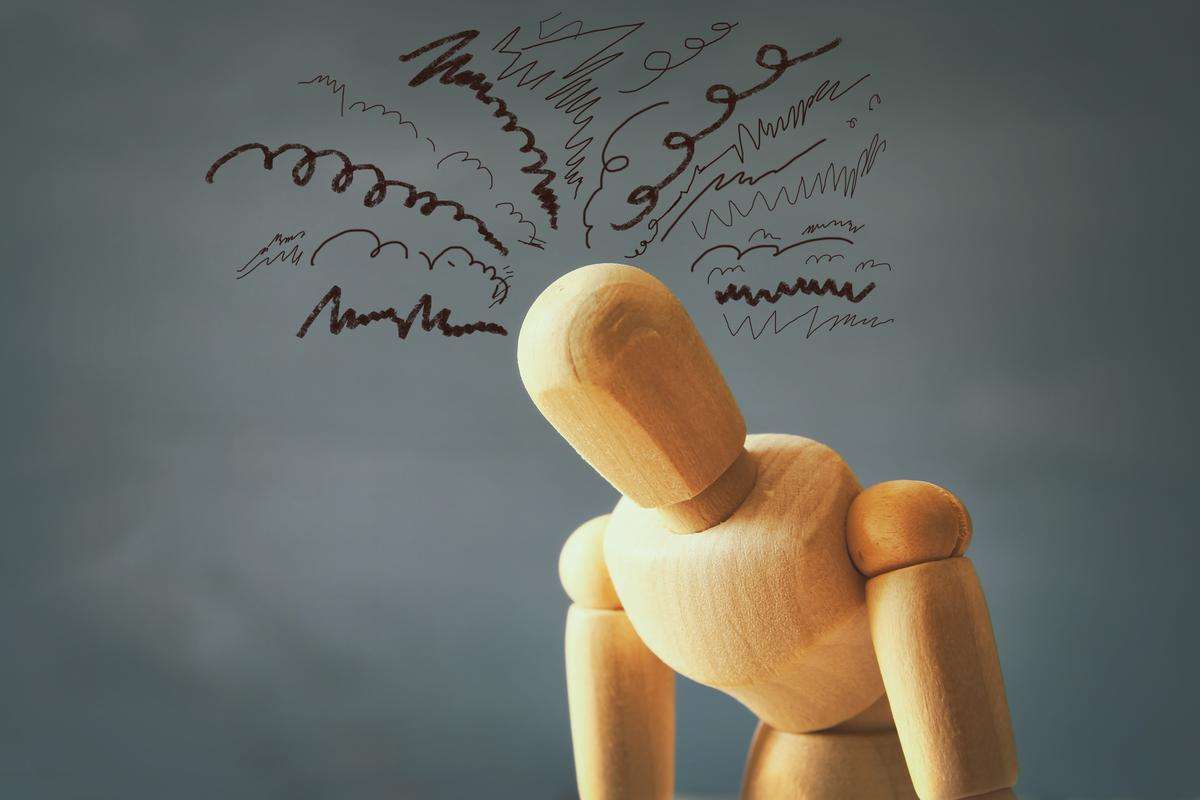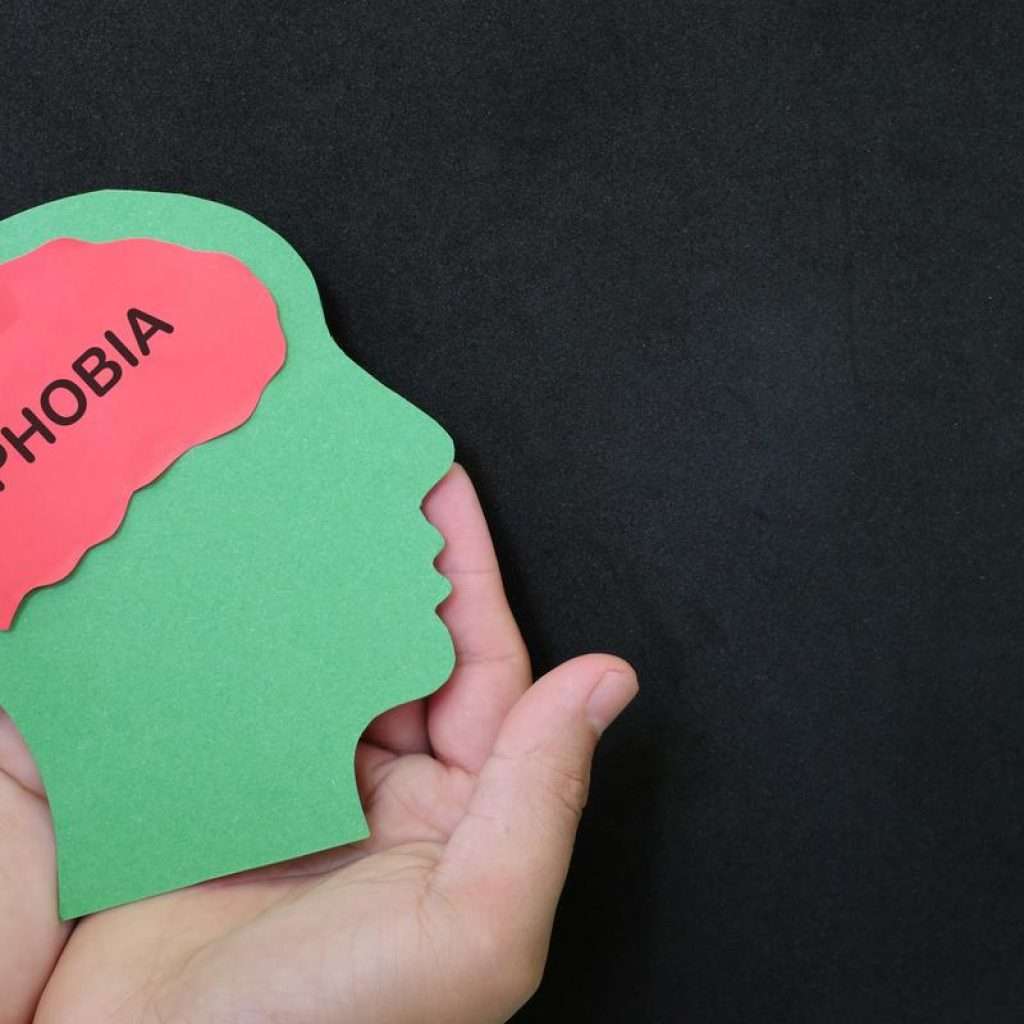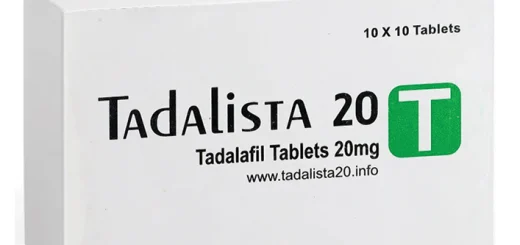Exploring Anxiety ICD 10 Code

INTRODUCTION:
Read this blog we discuss Anxiety ICD 10 Code and their types, Anxiety is normal if you experience it sometimes. Anxiety disorder sufferers experience excessive and unreasonable levels of anxiety about routine matters. Anxiety disorders are characterized by recurrent attacks of overwhelming panic. It reaches the peak within minutes, also called a panic attack. Anxiety and panic attacks like these occur in the pauses of ordinary life.
Anxiety can last a long time and be hard to manage. You may start to avoid places or situations to prevent anxious feelings. It is possible for anxiety disorder symptoms to begin in adolescence and persist into adulthood. Some examples of anxiety disorders are generalized, social, specific, and separation anxiety disorders. Multiple anxiety disorders are possible. Some of the worry is due to a medical problem that needs attention. Anxiety disorders can be treated and cured.
What Is The Anxiety ICD-10 Code?
In ICD-10, anxiety disorders are classified under the F40-F48 category. A wide range of mental and behavioral conditions are included here. Here are some ICD-10 codes for different types of anxiety disorders:
The specific anxiety ICD-10 code for the disorder is F41.9. F41.9 is an unspecified anxiety disorder. This code should be used when a diagnosis or specific type of anxiety disorder cannot be made. However, as I indicated before, within the F40-F48 category are various more specific codes for different anxiety disorders.
Types Of Anxiety Disorder With ICD-10 Code:
- Generalized anxiety disorder (F41.1)
- Episodic paroxysmal anxiety disorder (panic disorder) (F41.0)
- Panic disorder (F40.0) but not agoraphobia.
- Social anxiety disorder (F40.1), is often known as social phobia.
- Phobias of a specific kind (F40.2)
- Other phobic anxiety disorder (F40.8)
- Mixed anxiety and depressive disorder (F41.2)
- Additional Anxiety Disorders (F41.8)
- Anxiety disorder of unknown type (F41.9)
Social Anxiety Disorder ICD-10
Feeling nervous socially is normal. For instance, you may feel very anxious when going on a date or giving a presentation. People with social anxiety disorder experience severe distress whenever they are forced to interact with others because they are afraid of being negatively evaluated. Anxiety and fear in this disease cause people to withdraw from social situations, which can have negative consequences. More stress can affect your work and relationships. Anxiety about social situations may persist for years. However, learning how to cope with it mentally and taking medicines can increase your confidence and improves how you talk with people.
You can speak with your doctor about purchasing the prescribed drug Modafinil For Anxiety Treatment.
Social anxiety ICD-10 is classified under the category F40. F40 includes specific phobic anxiety disorders. The specific anxiety ICD-10 code for social anxiety disorder is F40.1. F40.1 is used to identify and classify cases of social anxiety disorder.

Panic Anxiety Disorder ICD-10
A panic attack is a sudden bout of strong dread that causes extreme physical reactions even in the absence of any genuine danger or obvious cause. It’s terrifying to have a panic attack. It’s possible that you’ll start to panic, have a heart attack, or even believe that you’re dying. Many people experience only a couple of panic attacks in their lifetimes before the issue resolves itself, maybe after the stress of a particular scenario has passed.
However, panic disorder may be present if you’ve experienced frequent, unexpected panic attacks and lived in constant terror of another attack for extended periods. Although panic attacks seldom result in death, they can be terrifying and significantly limit daily life. Effective treatment, however, is possible.
Panic anxiety ICD-10 disorder is classified under the category F41. It includes different types of anxiety disorders. The specific anxiety ICD-10 code for panic disorder is F41.0. The panic disorder without agoraphobia is indicated by the anxiety code F41.0. The code F40.00 (agoraphobia with panic disorder) should be used if a panic disorder is accompanied by agoraphobia (fear of being in places or circumstances where escape would be difficult or embarrassing).
Specific ( Isolated ) Phobias Disorder ICD-10
A specific phobia is a pathological dread of something that poses little to no actual threat but causes great distress. As a result, you generally avoid them. Specific phobias are long-lasting, but the fear is temporary when you are giving a speech or taking an exam.
If a specific phobia is left untreated specific, phobia lasts a lifetime. Fear of something can trigger powerful emotional and mental reactions. Your behavior at work, school, or social settings may also be affected. Anxiety disorders like specific phobias are extremely common. In general, females are more susceptible to them. Fears don’t always need therapy. However, several treatments are available to help you overcome your phobia and live a more normal life if you have one.
A specific phobia disorder is one of the specific phobic anxiety disorders that fall under the umbrella of group F40 in the anxiety ICD-10. Specific phobia disorder is designated by the anxiety ICD-10 code F40.2.
An extreme and unreasonable aversion to one or more specific triggers is diagnostic of a specific phobia disorder. Extreme and irrational dread causes people with certain phobias to make considerable efforts to avoid whatever they are afraid of. Fear of heights, spiders, airplanes, or blood is all instances of common phobias.
Specific phobia disorder is identified and classified using anxiety ICD-10 code F40.2. The F40 category includes additional codes for phobias unique to items or circumstances, such as F40.21 for animal phobia, F40.22 for phobia of the natural environment, F40.23 for phobia of blood injection, etc. These codes can be used to get even more detail about a person’s type of phobia.
Consultation with a healthcare provider or medical coder is advised while looking for a diagnosis or coding for a particular phobia condition. Depending on the patient’s signs and symptoms, they can give a more accurate diagnosis and advice on the best code to use.

Generalized Anxiety Disorder ( GAD ) ICD-10
Feeling worried occasionally is normal, especially if you lead a hectic life. Conversely, a generalized anxiety disorder may indicate severe, continuing anxiety and worry that is hard to regulate and disrupts daily activities. Both children and adults are susceptible to developing generalized anxiety disorder. The symptoms of generalized anxiety disorder are similar to those of panic disorder, obsessive-compulsive disorder, and other anxiety disorders. However, these conditions are not the same.
Dealing with the effects of GAD over time can be difficult. Anxiety disorders and mood disorders frequently occur together. Treatment for GAD typically entails either talk therapy or medication. Altering one’s way of life, acquiring new coping mechanisms, and practicing relaxation methods can all be beneficial.
The International Classification of Diseases, Tenth Revision (anxiety ICD-10) classifies generalized anxiety disorder (GAD) as an anxiety disorder. Generalized anxiety disorder is classified as anxiety ICD-10 F41.1.
Excessive and unrelenting fretting or concern about several events or circumstances in one’s life is diagnostic of generalized anxiety disorder. People with GAD struggle to keep their worries at bay, and the disorder’s many symptoms extend beyond the mental and physical realms.
Cases of generalized anxiety disorder are identified and classified using anxiety ICD-10 code F41.1. A proper diagnosis and medical classification for generalized anxiety disorder needs skilled medical assistance. When deciding which code to use, they will consider the patient’s individual symptoms and clinical presentation.
Conclusion:
From the above article, we conclude that there are different types of anxiety disorders, and they are classified under the category of F40-F48. Every anxiety disorder has a specific code in the ICD-10.
[WPSM_AC id=6345]







